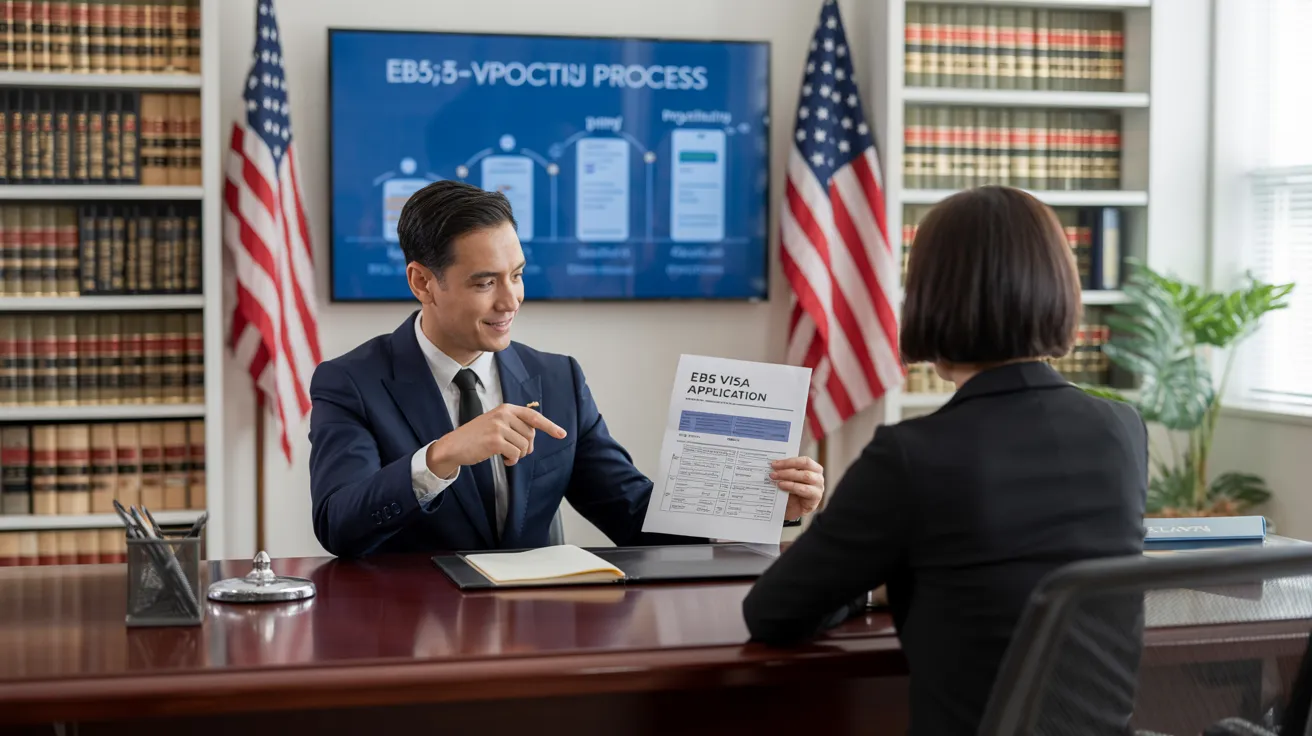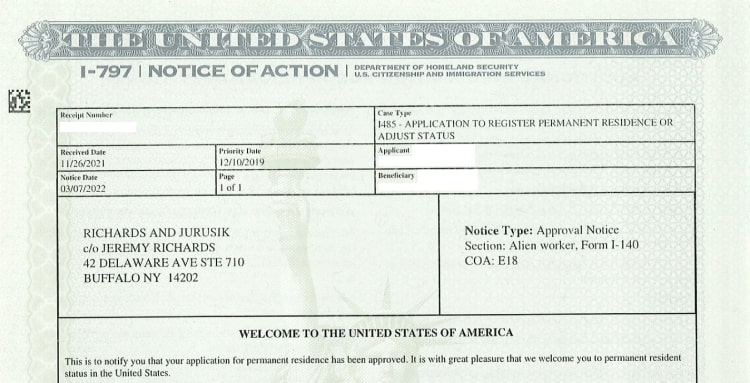L1 Visa Explained
9 Easy Facts About L1 Visa Explained
Table of ContentsGetting The L1 copyright WorkWhat Does L1 Visa Mean?Some Ideas on L1 Visa You Need To KnowFacts About L1 Visa UncoveredThe Buzz on L1 Visa3 Easy Facts About L1 Visa Explained
Offered from ProQuest Dissertations & Theses Worldwide; Social Scientific Research Premium Collection. (2074816399). (PDF). Congress. (PDF). DHS Workplace of the Inspector General. (PDF). (PDF). "Nonimmigrant Visa Stats". Fetched 2023-03-26. Division of Homeland Safety And Security Workplace of the Assessor General, "Evaluation of Vulnerabilities and Prospective Abuses of the L-1 Visa Program," "A Mainframe-Size Visa Loophole".
U.S. Division of State. Recovered 2023-02-08. Tamen, Joan Fleischer (August 10, 2013).
Excitement About L1 Visa
In order to be qualified for the L-1 visa, the international company abroad where the Beneficiary was used and the united state business need to have a qualifying connection at the time of the transfer. The different kinds of qualifying connections are: 1. Parent-Subsidiary: The Parent means a company, corporation, or various other legal entity which has subsidiaries that it possesses and manages."Subsidiary" means a company, company, or various other lawful entity of which a moms and dad owns, directly or indirectly, more than 50% of the entity, OR owns much less than 50% yet has management control of the entity.
Example 1: Firm A is included in France and employs the Beneficiary. Firm B is incorporated in the united state and wants to request the Recipient. Business A possesses 100% of the shares of Company B.Company A is the Parent and Business B is a subsidiary. Consequently there is a qualifying partnership in between both companies and Firm B need to be able to sponsor the Recipient.
Business An owns 40% of Company B. The staying 60% is possessed and controlled by Firm C, which has no relationship to Business A.Since Company A and B do not have a parent-subsidiary partnership, Business A can not sponsor the Beneficiary for L-1.
Business An owns 40% of Business B. The continuing to be 60% is possessed by Company C, which has no relation to Firm A. Nevertheless, Business A, by official arrangement, controls and complete handles Company B.Since Business A has much less than 50% of Company B but takes care of and manages the business, there is a qualifying parent-subsidiary partnership and Firm A can sponsor the Beneficiary for L-1.
Little Known Questions About L1 Visa.
Associate: An associate is 1 of 2 subsidiaries thar are both owned and regulated by the same moms and dad or person, or owned and controlled by the explore your L1 Visa same team of people, in basically the same ratios. a. Example 1: Company A is incorporated in Ghana and uses the Beneficiary. Firm B is incorporated in the U.S.
Business C, also included in Ghana, has 100% of Business A and 100% of Firm B.Therefore, Firm A and Business B are "affiliates" or sister firms and a qualifying partnership exists between the two business. Company B need to have the ability to fund the Beneficiary. b. Instance 2: Business A is included in the U.S.
Company A is 60% had by Mrs. Smith, 20% had by Mr. Doe, and 20% owned by Ms. Brown. Business B is incorporated in Colombia and presently uses the Beneficiary. Company B is 65% had by Mrs. Smith, 15% owned by Mr. Doe, and 20% possessed by Ms. Brown. Company A and Company B are associates and have a qualifying partnership in two different methods: Mrs.
The L-1 visa is an employment-based visa classification established by Congress in 1970, permitting multinational companies to move their managers, executives, or vital employees to their U.S. procedures. It is generally referred to as the intracompany transferee visa. There are 2 main kinds of L-1 visas: L-1A and L-1B. These kinds are appropriate for employees employed in different placements within a firm.

In addition, the beneficiary must have operated in a managerial, exec, or specialized worker position for one year within the three years preceding the L-1A application in the foreign company. For brand-new office applications, foreign work needs to have been in a managerial or executive ability if the recipient is concerning the United States to work as a manager or exec.
10 Easy Facts About L1 Visa Explained

If given for a united state business operational for greater than one year, the preliminary L-1B visa is for approximately three years and can be prolonged for an additional 2 years (L1 Visa). On the other hand, if the united state firm is freshly developed or has been operational for less than one year, the initial L-1B visa is issued for one year, with extensions offered in two-year increments
The L-1 visa is an employment-based visa category established by Congress in 1970, enabling multinational business to move their managers, executives, or essential workers to their U.S. procedures. It is frequently referred to L1 Visa law firm as the intracompany transferee visa.
The L1 Visa PDFs
Additionally, the beneficiary needs to have worked in a managerial, exec, or specialized staff member position for one year within the 3 years preceding the L-1A application in the international company. For new workplace applications, international work must have remained in a supervisory or executive ability if the beneficiary is concerning the USA to function as a supervisor or executive.
for approximately seven years to manage the procedures of the united state affiliate as an executive or manager. If issued for an U.S. company that has been functional for greater than one year, the L-1A visa is at first approved for approximately three years and can be expanded in two-year increments.
If provided for an U.S. firm operational for greater than one year, the preliminary L-1B visa is for as much as three years and can be expanded for an additional 2 years. Alternatively, if the U.S. firm is freshly developed or has been operational for much less than one year, the first L-1B visa is provided for one year, with extensions offered in two-year increments.